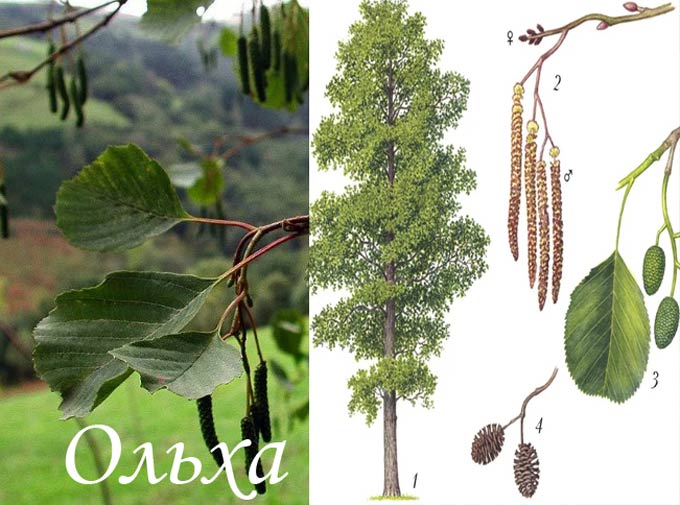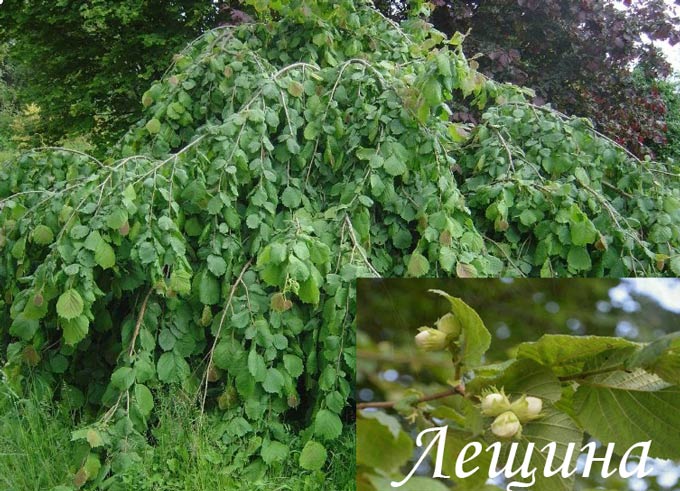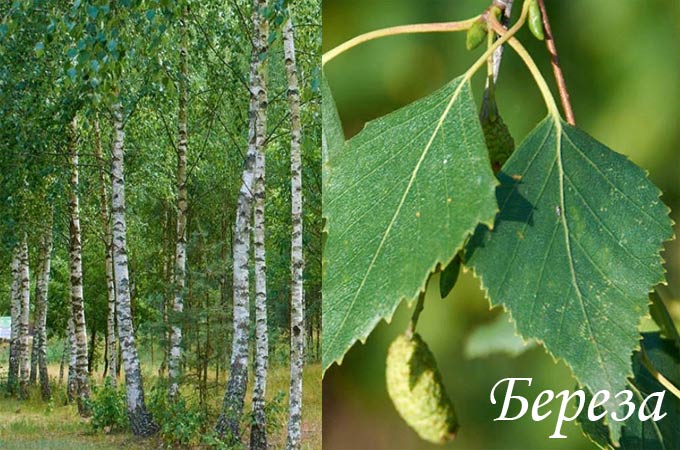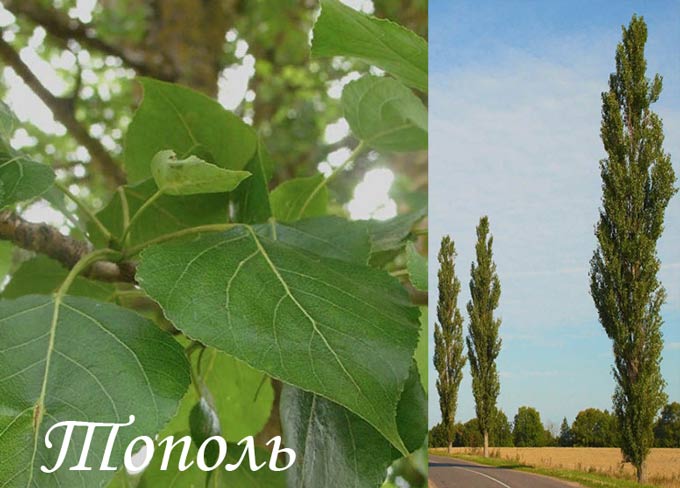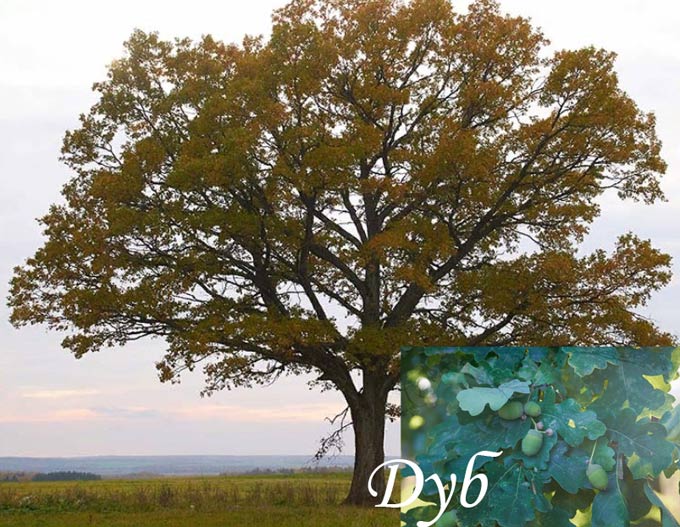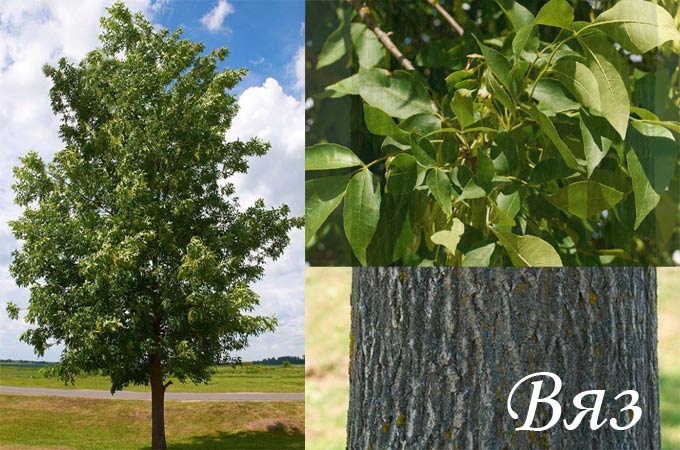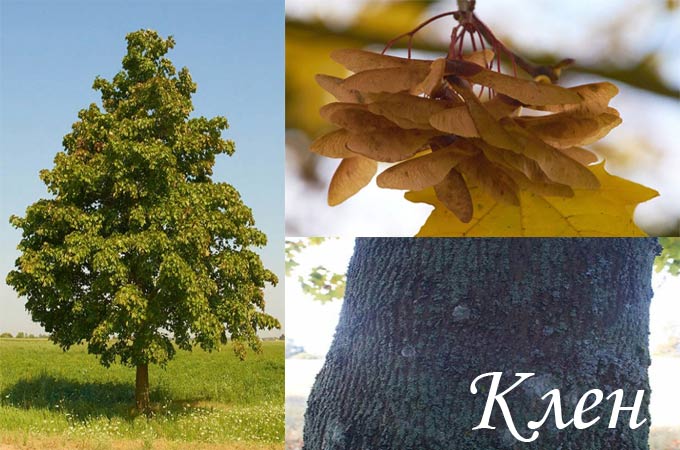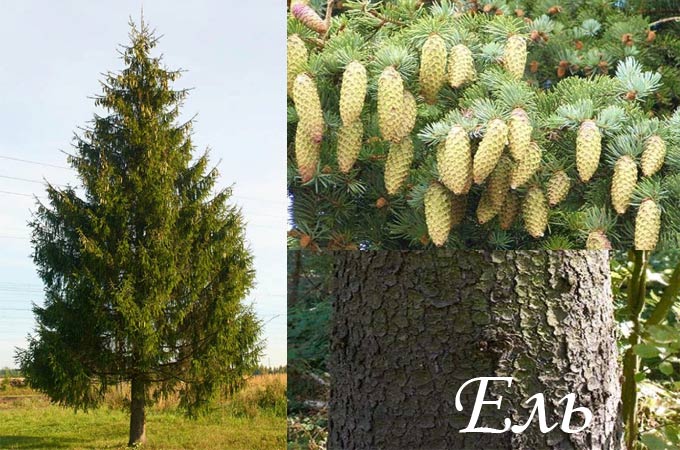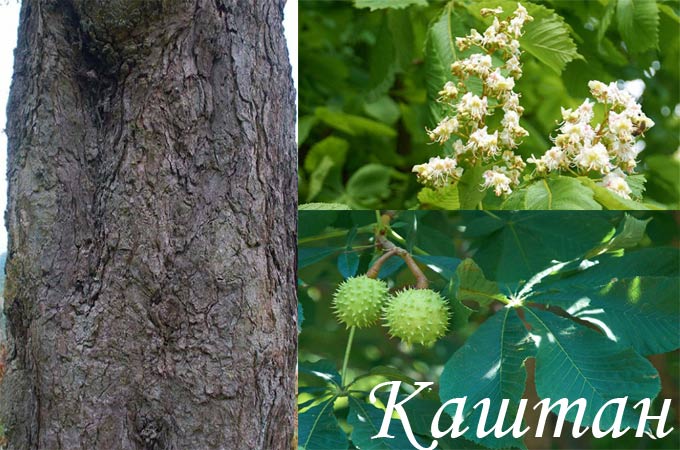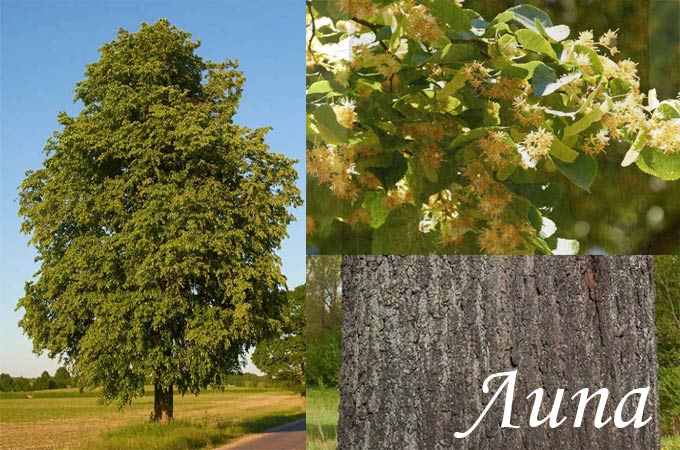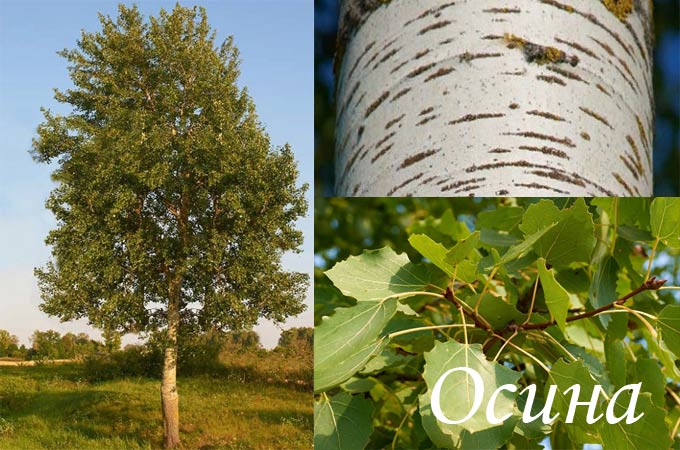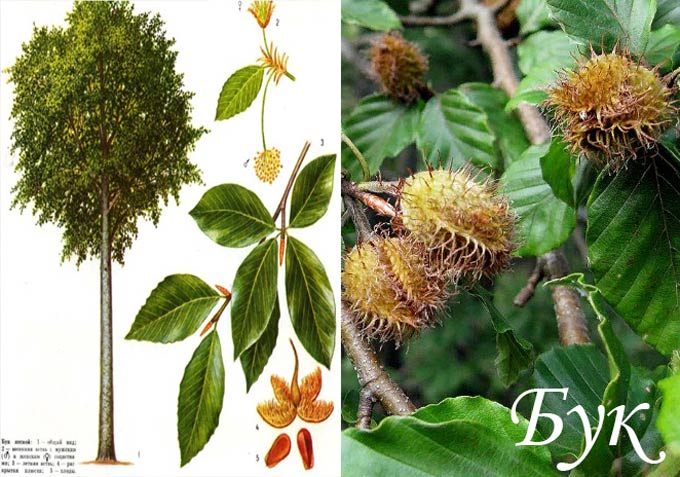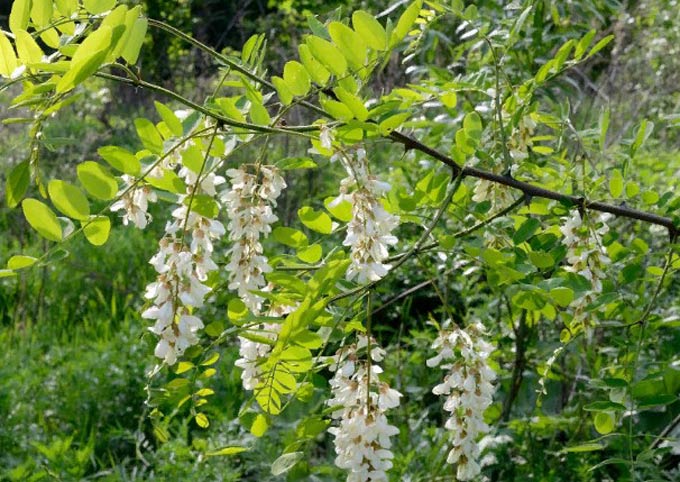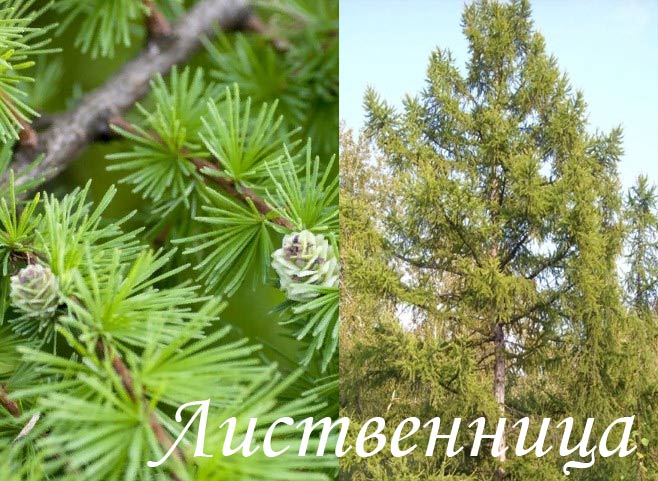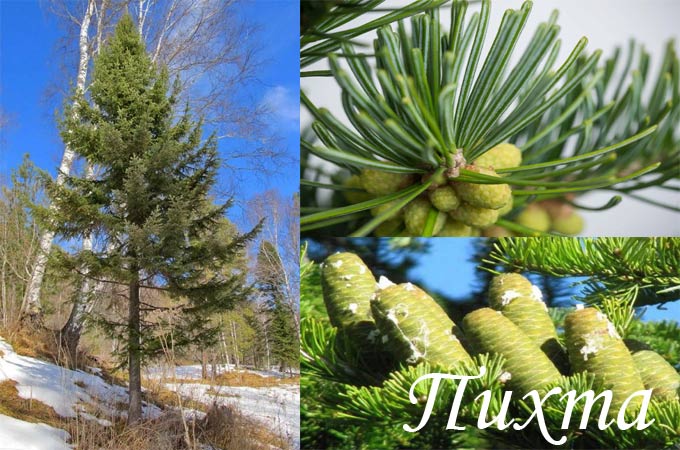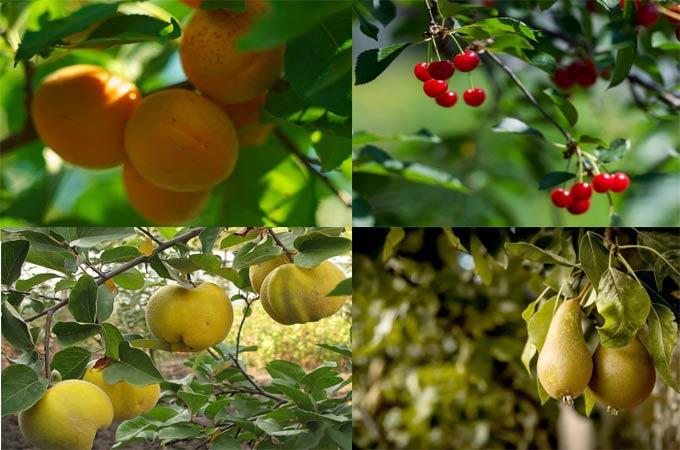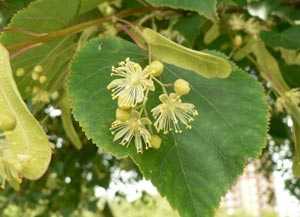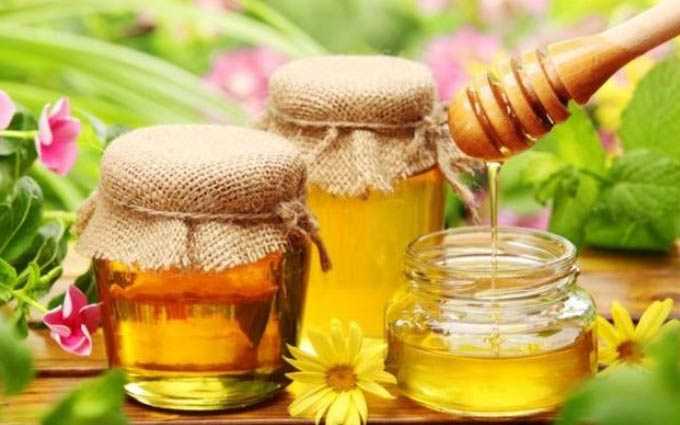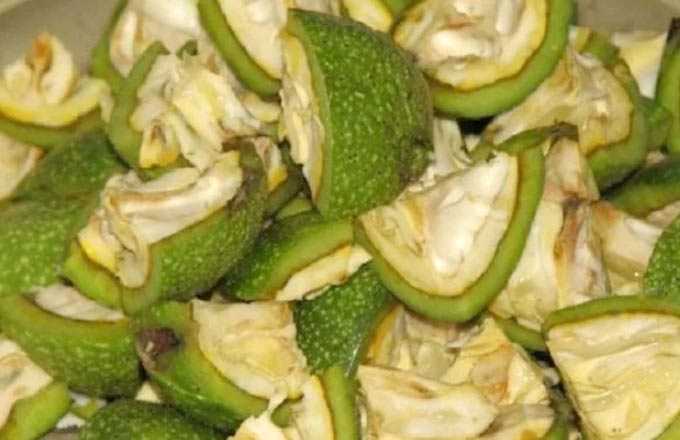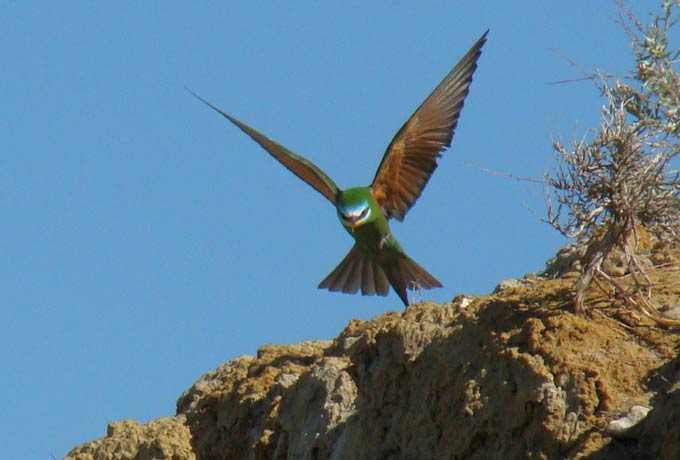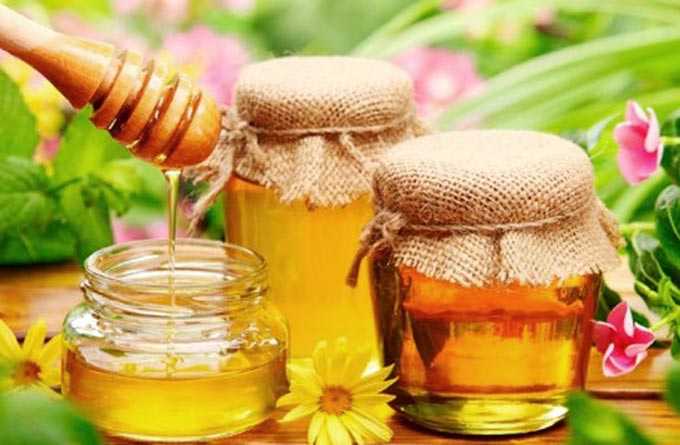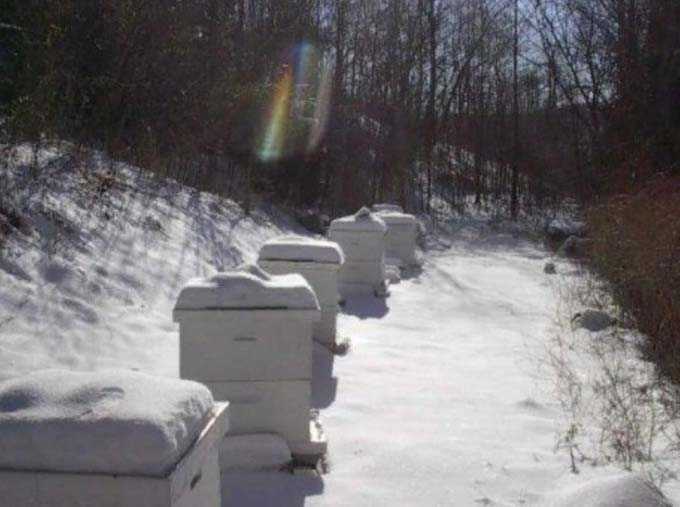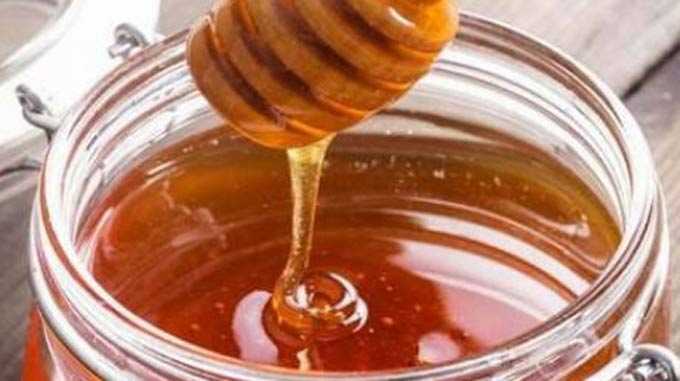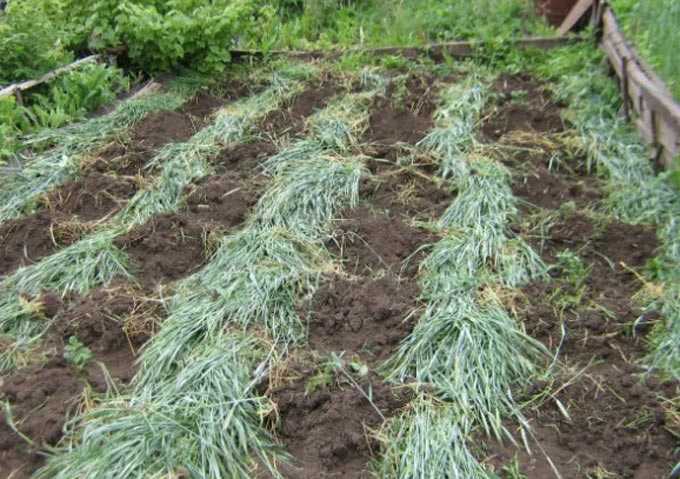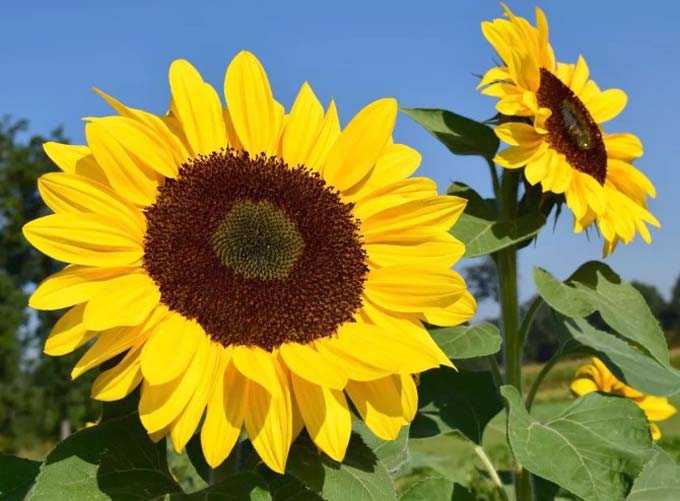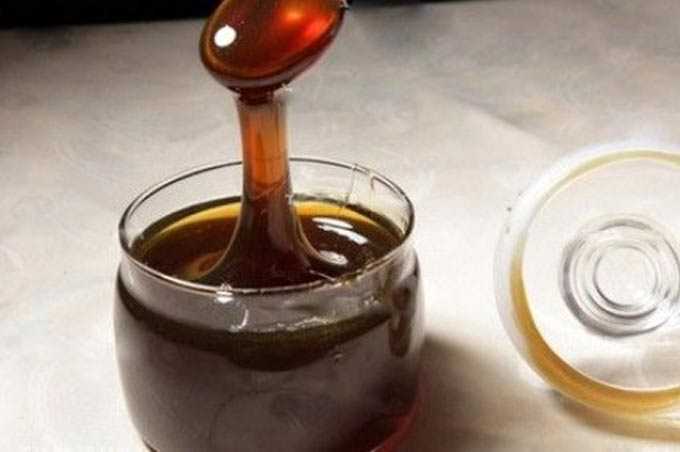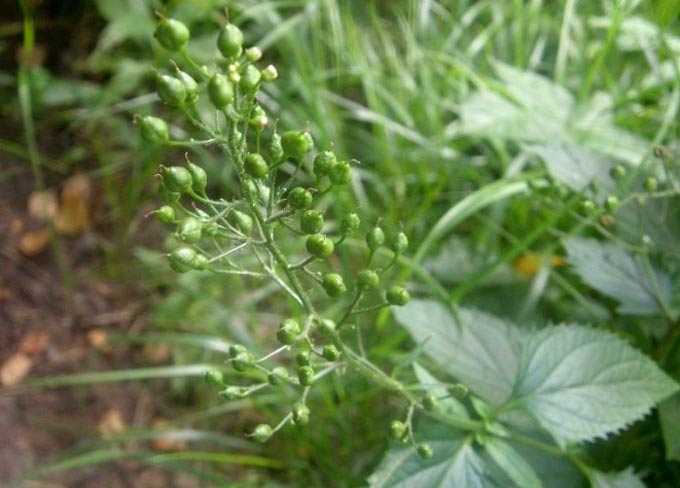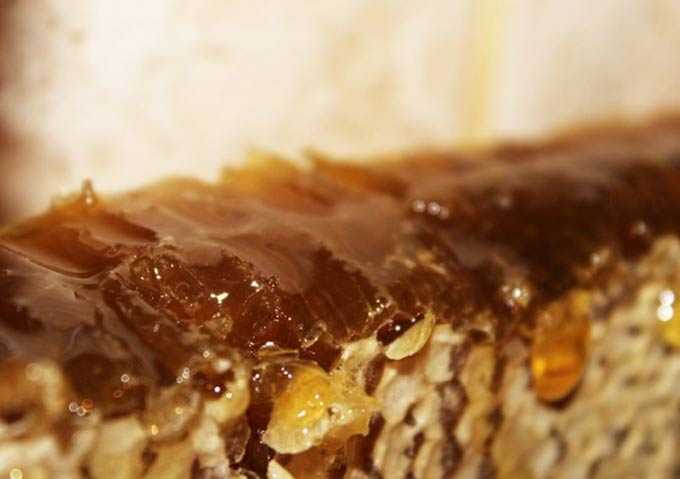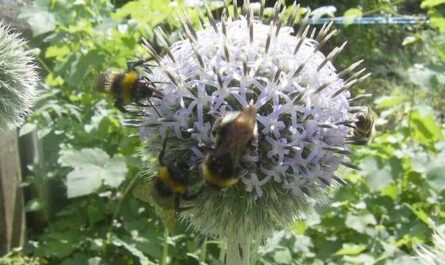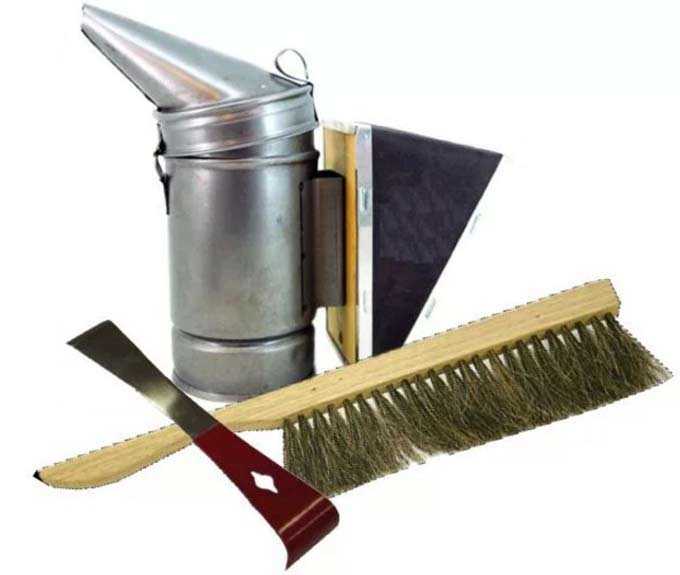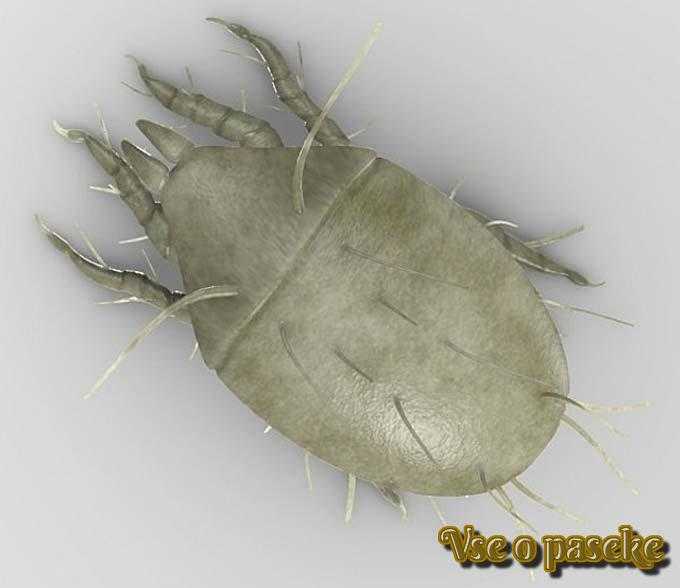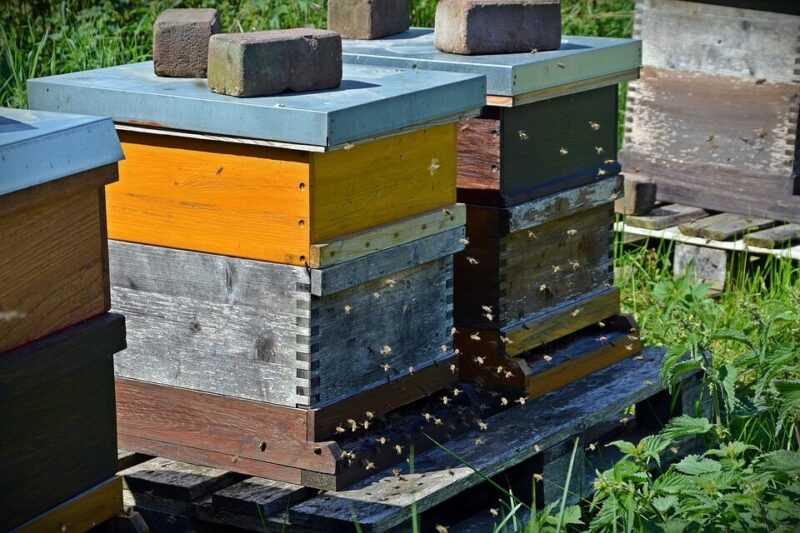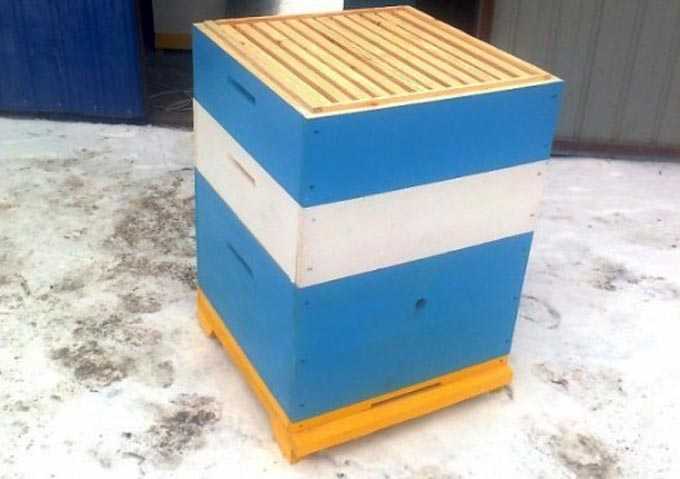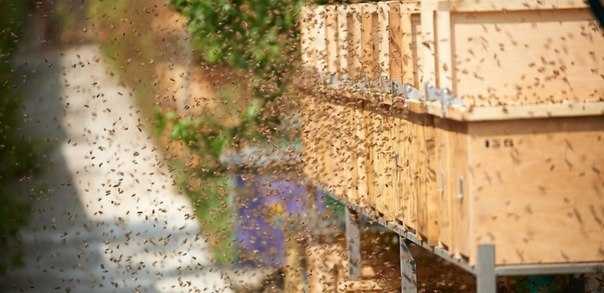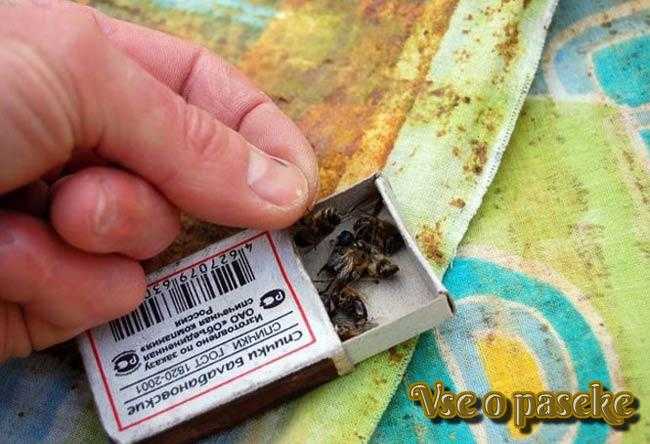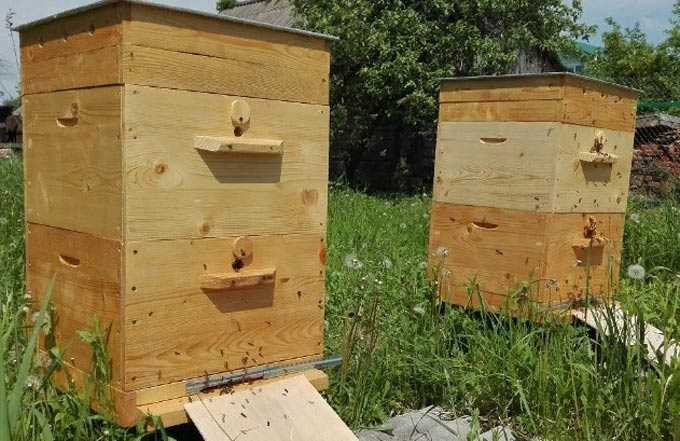The honey plant is a valuable plant for apiaries as a supplier of pollen and nectar. In any reference book devoted to beekeeping, in particular the flowering calendar, there are several dozen honey trees.
The content of the article
- 1 Classification and honey productivity
- 2 Middle band
- 3 Polessye
- 4 Steppe and forest-steppe
- 5 Taiga
- 6 Horticultural crops
Classification and honey productivity
The food base for the apiary in each region is formed depending on the climatic zone and the type of forests growing in this area.
In addition, the same species of wood can show different honey productivity when the climate changes – the air temperature, the length of daylight hours, the type of soil and its moisture content change, which affects the plants. All these are obvious truths that a novice beekeeper should not forget about.
Forests are:
1.Conifers:
- formed from larch, pine (light coniferous);
- formed by cedar, fir and spruce thickets (dark coniferous).
2. Deciduous:
- formed from oak, maples, ash (the so-called broadleaf);
- formed by alder, birch and aspen thickets (small-leaved).
3.Mixed, formed from deciduous and coniferous species.
In addition, forests are classified according to the type of undergrowth. It directly affects the strength and timing of honey and pollen flow!
For example, the in a pine forest blueberries, heather, lingonberries, viburnum, barberry, Tatar maple, honeysuckle, raspberries, mountain ash can grow. Many herbaceous plants such as lungwort, thyme, lamb, catnip, and others.
The productivity of such an array is about 40-50 kilograms of nectar per hectare. Greater bribes are typical for the heather undergrowth, diluted with islands of buckthorn, zhostera, black elderberry, bird cherry and viburnum. Its nectar productivity is about 100 kilograms.
In the aspen forests buckthorn, hazel, small birches are widespread, there are single oaks, hornbeams, lindens. Bird cherry, viburnum, wild rose grows. The nectar productivity of the massif is up to 30-40 kilograms per hectare.
Bereznyaki are famous for their blueberry, heather and whitewash thickets. Ash, mountain ash, hazel and brittle buckthorn are found here. The heather undergrowth provides bribes of up to 100 kilograms. Other plants yield about 30-40 kilograms per hectare.
In alder forests it grows mainly buckthorn, hazel, hawthorn, black elder, ash, elm, a small part of oak. The herbage is solid, formed by the valerian, meadowsweet, small raspberry shoots. There is black elderberry, currant, bird cherry. Buckthorn in many regions provides part of the main honey harvest in the early summer period. The average nectar productivity of the massif is 50-100 kilograms per hectare.
Willow arrays, grouped mainly in marshy areas and river lowlands, provide excellent early spring feed. Depending on the variety, up to 140-150 kilograms of nectar are harvested per hectare (the most productive are willow, willow bredina).
A separate group is fruit cropsgrown by gardeners, including on an industrial scale. Much depends on the selection. There are varieties adapted to live in very cold climates, and real southerners, sensitive to the slightest frost.
Middle band
Honey trees in this vast Russian region are represented by:
Alder – a generous pollen from the birch family. It is an inhabitant of damp and swampy areas, one of the first to bloom even before foliage appears (from the third decade of March). It is important for the spring development of bee colonies. The most valuable are two varieties of alder: black (height up to 25 m, young buds and sticky foliage) and white (15-20 m).
Hazelnut (hazelnut) from the birch family. This is a large shrub, less often a small tree growing in mixed forests. Excellent pollen! During the flowering period, up to 12% of the pollen brought by bees per day will be from the hazel thickets. The plant is suitable for forming hedges around apiaries. Its average height is 3-4 meters. Blooms from late March to April.
Birchforming pure and mixed forests. There is a lot of it in the forest and forest-steppe zones. Birch catkins appear in April-May and are a rich source of pollen. Bees work very actively on this tree. There are two varieties of value for apiaries: hanging and fluffy birch.
Willow (willow) – an inhabitant of river valleys and forest edges, blooming from mid to late April. This is a good, albeit capricious, early spring honey plant. Flowering often occurs during periods of unstable weather, so the flow rate from willows can be quite short. Average nectar productivity in favorable (dry and warm) weather is about 150 kilograms per hectare. Strong bee colonies should work on willow tracts, since trees are not distinguished by abundant emission of pollen and nectar. The most valuable varieties of willow: goat (bredina), white (willow), holly (red willow), Russian.
Poplar from the willow family, which is a valuable pollen. The tree blooms in late April, early May, before the foliage blooms. The gum that covers the buds is collected by bees and used to make propolis. Species important for bee colonies: black, balsamic, silver and laurel poplar. Trees can often be found in urban park areas, along highways, in public gardens.
Oak – an early summer honey plant from the beech family, common in mixed forests (mainly coniferous-deciduous). Solitary trees grow in ravines and gullies. This crop is often used for protective belts in the steppe zone. There are two types of trees: summer, blooming in May immediately after the leaves bloom, and winter, giving nectar and pollen 2-3 weeks later than summer.
Note: Bees often collect honeydew and honeydew from these breeds (for example, in Germany it is valued higher than flower honey due to its high content of vitamins and minerals – 6-7 times the norm is exceeded). Oak honey is not given as a top dressing, as it can provoke nectar toxicosis and greatly weaken the bee colonies before the main bribe.
Read more: Oak as a honey plant
By the way, this is a very rare variety that cannot be obtained on a commercial scale in the climatic conditions of Russia. But, for example, in Mallorca, the oak gives a good bribe in May. The honey from this evergreen variety is bright yellow, like the inflorescences of the tree themselves.
Also honey plants are presented:
Elm, an early spring pollen from the elm family. The tree blooms in April-May. In favorable springs, it secretes nectar, which is used for the development of bee colonies. There is no commodity bribe. In addition, bees collect glue from elm buds, which is then used for the production of propolis.
Ash, spring pollen, blooming in April-May. In appearance, it is often confused with American maple. However, the nectar bribe from the elms is insignificant – all the pollen brought in is spent on the development of bee nests, if they are at a stationary point or have already been taken out of Omshanik. Moreover, if maples and elms are blooming at the same time, bees work only on maple thickets.
Maple – both woody and shrub species. All of them are recognized as good melliferous plants. They grow wild and are also cultivated as decorative and protective plantings. The following types are most interesting for apiaries:
- Hollygrowing on black soil, and reaching a height of 30 meters. Gives nectar only from the age of 13. Blooms in May-June for 10-18 days. From it, strong bee colonies bring 5-6 kilograms of nectar per day.
- Field – an inhabitant of steppes and forest-steppes, also preferring fertile soils. The shrub form is often found. It blooms at the age of 15, ejecting inflorescences in May for about two weeks.
- Chernoklen (Tatar maple) yields honey from the age of 6. Dissolves at the end of April for two weeks. Provides up to 80 kilograms of honey per hectare.
- Riverside (Ginnala) – a low variety with a record honey productivity of up to 90 kilograms. Blooms in the second half of June.
You can read more here: Maple as a melliferous plant
Pine – early summer honey plant and pollen plant, giving, among other things, a resinous substance for the manufacture of propolis by bees. Under favorable weather conditions, bees collect from this tree no more than 3-4 kilograms of nectar per day. Flowering lasts from the second decade of May to early June.
Spruce – a secondary honey plant from the pine family, giving mainly pollen. The tree blooms in May. The pollen is secreted by anther cones, which attract bees. However, the fruiting of spruce trees is unstable – harvests, and, consequently, bribes, happen every 4-5 years (in the north, even less often). Also, bees collect a resinous substance that is used for the production of propolis.
Note: Spruce propolis is extremely valuable. According to traditional medicine, with its help, you can stop an incipient sore throat in just one day, simply by chewing this bee product.
Polessye
In Polesie, in addition to poplars, elms, pines, firs, ash trees, birches, oaks, maples, grow:
Chestnuts – representatives of the sapindaceae family, preferring a temperate climate. In culture, trees are grown as ornamental plants for landscaping and decorating cities. The most common is the common (horse) chestnut. This is a beautiful tree up to 25-30 meters high with a dense and spreading crown. Blooms from 15 years of age. It is appreciated by beekeepers as an early spring honey plant. From mixed plantations dominated by chestnuts, bees bring up to 250 kilograms of honey per hectare.
Lindens – the inhabitants of not only Polesie, but also the European part of Russia. These are excellent honey plants of the summer period, blooming from 6 to 28 days (in severe droughts, flowering is short). The most valuable varieties for apiaries located in the European part: Caucasian (with a nectar yield of up to 750 kg per hectare), European and heart-shaped (about 500 kg per hectare).
Read more here: Linden as a melliferous plant
Rowan from the family Rosaceae grow everywhere, being at the same time ornamental plants in park areas and good honey plants. For beekeepers, the most interesting are chokeberry (black-fruited variety) and ordinary mountain ash. These woody shrubs or small trees are early-growing, easily propagated by cuttings, undemanding to the quality of the soil. They bloom in May and June. Nectar productivity per hectare of dense plantations is about 30-50 kilograms. The honey is delicious with a special aroma and a reddish tint.
Aspen from the willow family are mainly pollen-bearing. They bloom in April, providing a collection of grayish polish and a small amount of nectar (up to 8 kg per day). Also, flight bees collect honeydew and kidney glue from this plant for the production of propolis.
Steppe and forest-steppe
About half of the forests in this region are created artificially and require human care. Moreover, the forest cover gradually decreases when moving along the flat part from north to south. Most of the forests are observed in the Ukrainian Carpathians.
The main forest species (up to 90%) are represented by beech, oak, spruce, pine. We discussed the nectar productivity of these trees above.
Concerning beech, it is of interest only as an early spring pollen. It is a typical temperate broadleaf, preferring deciduous and mixed forests. It grows, including in the mountains, climbing up to 2 meters above sea level. In addition to the forest variety, which is most widespread in the European part of the continent, there is an oriental beech with an area in the Crimea and the Caucasus. The tree grows very slowly. The first flowers appear at the age of over 300 years. Flowering occurs in mid-spring, simultaneously with the deployment of leaves.
The most valuable honey trees in the region are:
White acacia, giving in the southern regions of Ukraine up to 300-600 kilograms of nectar from one hectare of dense growth. The plant is found in city parks and squares, with its help they form protective forest belts for fields. The honey plant blooms in late May, early June and secretes nectar for 7-10 days. Honey is highly valued in the market due to its pleasant aroma, delicate taste and ability not to crystallize for a long time.
Robinia (pink or pseudoacacia) although it produces a smaller amount of nectar at a time, it blooms in waves – up to 4-5 times a year with two-week breaks. This allows bees to collect nectar and pollen from April to mid-September. This is a very important feature for toll-free periods.
Lindens give a good summer honey harvest, provided that the weather is warm and not dry (about 600-1 kg).
Different varieties of maples provide within 150-200 kilograms of bribe per hectare of dense plantations.
Early spring honey collection is provided in the region by willow (willow), hazel, alder, fruit trees and shrubs.
Taiga
The most common tree in this region is larch, a member of the pine family. It is resistant to severe frosts (found even beyond the Arctic Circle). It grows well in marshes and swamps, it is not demanding on the quality of the soil. It quickly populates burnt areas and fresh felling areas. It is a pollen plant that also secretes honeydew and a resinous substance collected by bees for the production of propolis. Blossoms in April-May, and in the north – in June. Trees bloom from the age of 15. Good yield is observed every 5-7 years.
Siberian fir Is another representative of pine trees, which has perfectly taken root in difficult climatic conditions. Sometimes it forms pure forest plantations, but more often it grows in mixed, spruce forests. It blooms in May and is a very mediocre source of pollen and honeydew. Seed production begins at the age of 30.
Also, the honey plants of the forest in the region are represented by pine, spruce, white poplar, green alder.
Horticultural crops
Fruit trees are ubiquitous – they are found near apiaries wherever a person grows gardens for fruits and berries. Not a single personal plot or summer cottage can do without horticultural crops.
Let’s consider the most remarkable of them in terms of nectar productivity.
Apricot a fairly tall tree from the Rosaceae family. There are wild varieties that grow well in roadside and field protection belts. Small drupes ripen on them. There are several thousand cultural varieties in the world! The tree blooms in March-April, providing bribes per hectare of 30-40 kilograms.
Read more: Apricot as a honey plant
the norm – a small tree from the Rosaceae family. Certain varieties are grown as a decorative decoration for personal plots. Blooms in May for 10-15 days. Low nectar productivity – up to 19 kilograms per hectare.
Cherry – the most common culture in gardens, second only to apple trees in prevalence. It blooms early, without fear of frost. It always blooms a little earlier than the apple tree. Nectar productivity is 30-40 kg.
Pear – a representative of the rosaceous family, preferring black soil. There are both cultivated and wild-growing tree species. Both species bloom in April-May for 10-14 days. The productivity of nectar is about 20 kg.
Peach – fruit crop of the southern regions, blooming in March-April. Provides early spring feed, being a valuable source of nectar and pollen. Honey productivity up to 40 kg per hectare of garden plantings. The tree is afraid of frost.
Plum – winter-hardy, widespread garden culture. Blooms in May from 7 to 10 days. The trees are well visited by flight bees. The daily collection of nectar from strong bee colonies per day is 1,8-2 kg.
Cherry – a popular garden tree, the yield of which directly depends on insect pollination. For beekeeping, the greatest interest is a wild-growing variety that readily populates forest belts, park zones, squares. Cherries bloom in late April, early May. This culture provides bee nests with both pollen and nectar (up to 2,8 kg per day). The tree helps to strengthen the bee colonies by the time they work on acacia.
Apple tree – the most popular fruit plant (its plantations occupy up to 70% of all gardens). Breeders have developed many varieties that are adapted to almost any climatic zone. The yield of a tree is directly dependent on pollination by bees. Working in an apple orchard, insects bring 20 kg of honey per hectare to the hives. Also, the apple tree is a good pollen.
It should be borne in mind that the melliferous plants on the estate and around it in most cases provide only supporting honey collection. This fully applies to fruit trees. The same can be said about a number of wild plants: alder, hazel (hazel), birch and other pollen plants.

